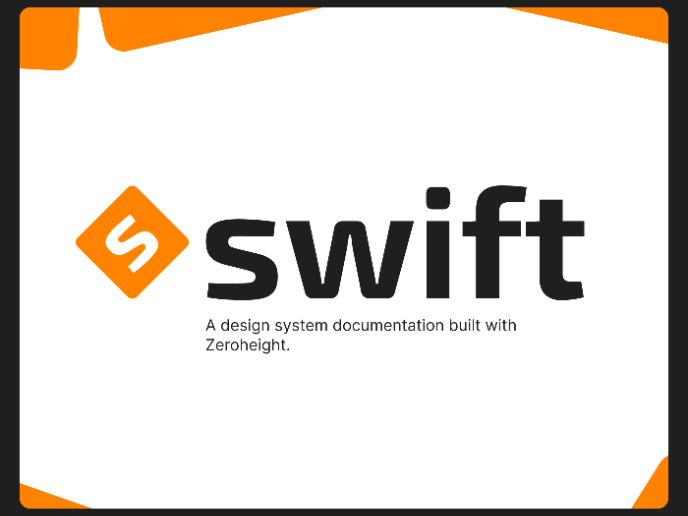Documentation
Documentation is structured information that records processes, decisions, and product details, helping teams align, share knowledge, and maintain clarity.

Documentation is the practice of recording knowledge in a structured way so that it can be shared, referenced, and maintained over time. In product development, documentation ensures that critical decisions, workflows, and technical details are not lost in verbal conversations or forgotten over time. It acts as a single source of truth for both current team members and future contributors.
In UX and UI design, documentation often takes the form of design guidelines, component usage rules, or user research summaries. This provides designers with consistent references, ensuring that interfaces align with established standards. Without proper documentation, teams risk inconsistency, duplicated work, and friction in collaboration.
For product managers and developers, documentation covers product requirements, feature specifications, and release notes. These documents help align priorities across teams and serve as accountability records. Clear documentation prevents misinterpretation, allowing everyone to work toward the same goal with a shared understanding of what needs to be built.
Documentation is not limited to formal product specifications. Informal notes, project wikis, and internal FAQs all fall into this category. What matters most is accessibility and clarity. Teams should avoid jargon or unnecessary detail, focusing instead on actionable and understandable information.
A strong example of documentation’s value is found in open-source software. Projects like React or Django thrive because their documentation is clear, thorough, and regularly updated. Without it, adoption would falter, and community contributions would decrease. Similarly, within companies, well-maintained documentation reduces onboarding time for new hires and creates resilience against knowledge loss when team members leave.
The challenge lies in keeping documentation up to date. Outdated documents can be worse than no documents, as they mislead teams and result in poor decisions.
Learn more about this in the Make Documentation Easily Accessible Exercise, taken from the Deliverables & Documentation in UX Writing Lesson, a part of the UX Writing Course.
Key Takeaways
- Documentation preserves knowledge and decisions over time.
- Essential for alignment across design, product, and engineering.
- Includes guidelines, specs, wikis, and research summaries.
- Accessibility and clarity matter more than length.
- Requires continuous updates to stay valuable.
Teams under pressure to deliver features quickly may view documentation as secondary. The result is reliance on memory and verbal communication, which can lead to confusion or repeated mistakes. While speed is important, skipping documentation often creates bottlenecks later when teams must re-explain processes or debug unclear decisions.
When documentation is treated as part of the process rather than an afterthought, it becomes a time-saver rather than a burden. Even lightweight documentation can prevent major setbacks.
Leaders can set expectations by integrating documentation into workflows. For example, requiring a product requirements document before development begins ensures everyone is aligned. Similarly, documenting design patterns alongside prototypes creates shared references that scale with product growth.
Using collaborative tools makes documentation less of a chore. Encouraging contributions from all roles, rather than assigning responsibility to a single individual, distributes the workload and builds a sense of shared ownership.
Too much documentation can slow teams, while too little creates gaps. The balance comes from documenting essentials—what decisions were made, why they were made, and how they impact the product. Instead of exhaustive detail, focus on clarity and context.
Agile teams succeed when documentation complements iteration rather than blocking it. Short summaries, diagrams, and updated specs can provide clarity without becoming barriers to quick progress.
Recommended resources
Courses

HTML Foundations

Mentorship Mastery

CSS Foundations
Lessons

Wireframes Annotations & Documentation

Deliverables & Documentation in UX Writing

Developing a Shared Language
Exercises
Projects

Swift: A mobile design system

Craftify - E-commerce App Case Study











